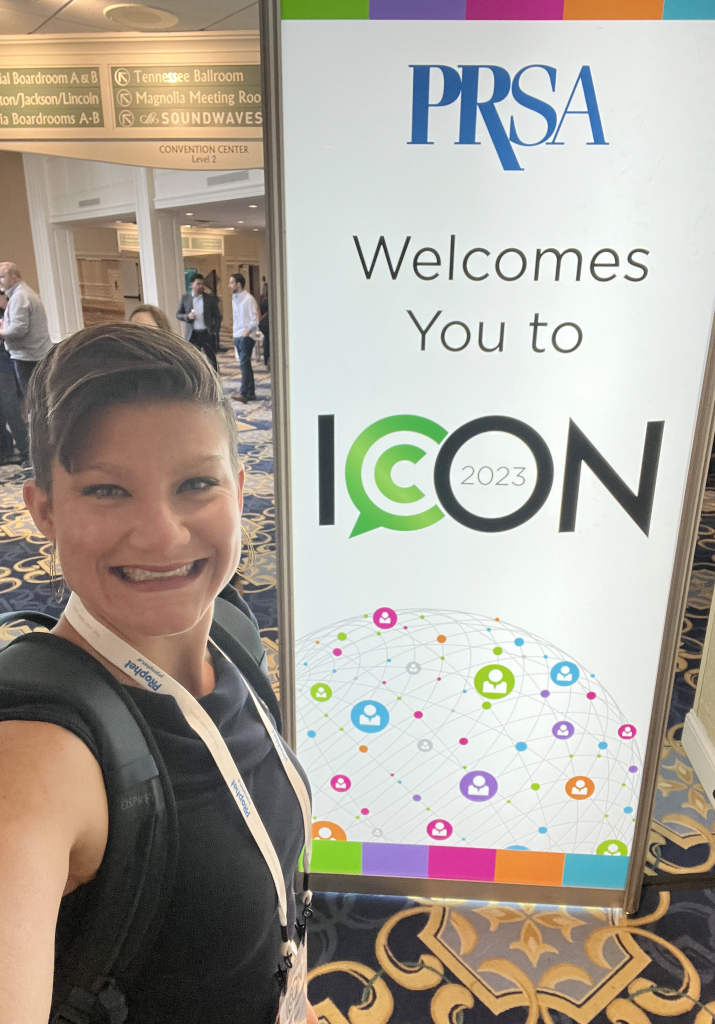RB: What is your name and occupation?
ZF: Zachery Fountain, Director of Communications and Public Relations for the Flagstaff Unified School District.
RB: How would you describe your job and where you work to a complete stranger?
ZF: The work of a school communications director is that of an air traffic controller. We have schools, programs, and activities that are always occurring and it is my role to ensure that we can appropriately share this information with our stakeholders. This means creating predictability from all of the different groups so that their great work can be effectively shared and promoted for the greatest good.
RB: If someone were to shadow you for a day, what would they learn or what would you want them to learn about you?
ZF: I would want them to learn that I believe in high expectations in all that we do. Our work is the ultimate start up. We have only so many opportunities to support our students, families, and community and I want us all to succeed to the best of our abilities.
RB: What’s one pet-peeve you see all too often in the education space that you’d change if you could?
ZF: The idea that we are only competing with other educational institutions. Individuals receive a massive number of targeted messages everyday and we are not just competing with the school down the street, but also every large organization with an advertising budget. This means that we have to invest in quality communication and visual mediums that drive student experience; not just singular events.
RB: If you had a magic wand and could fix three things about K-12 education, what would they be?
- Respect for school communications teams as professionals.
- Commitment to branding resources.
- Increase in the number of staff applying to join the education profession.
RB: What do you miss the most about being a kid in school?
ZF: We moved around a lot while I was in school and the thing that I miss the most is exploring new communities and meeting new people along the way. There was a sense of adventure and it always paid off with great lessons and experiences.
RB: What grade level did you enjoy the most and why?
ZF: I enjoyed my junior year of high school at Centennial High School in Las Vegas, Nev., because Mr. Mark Remillard taught me that my passion for politics and communications could be used together on the Forensics team. It was the first time that I could be competitive off of the basketball court and join other students who had similar passions. The son of a military officer, I really felt like I finally found a school community at Centennial and I will always be grateful to Mr. R for creating that opportunity to grow in new ways.
RB: What did you think was “cool” when you were young that isn’t cool now?
ZF: My Sony Walkman. Back then, 12 Foo Fighter songs on the go was an incredible feeling.
RB: In your opinion, what makes a brand good?
ZF: A good brand is identity. Knowing the who, what, when, why, and how from an icon builds buy-in and common understanding. When folks can look at an icon and know the story or identify with the people, it is powerful in building trust overtime. In an impression based marketing world, repetition of the values and comprehension of the work makes all the difference as organizations seek public trust. So, it is more than logos, it is a bridge to storytelling that encompasses why anyone should care.
RB: How has the way parents and students communicate and engage with you changed since you started your career?
ZF: The big change is that our families have become platform agnostic. They may check Twitter for a snow day alert, sign up for events on Facebook, or check grades via an app. What this means is that we now have to adapt for multiple platforms and drive home communications in more comprehensive campaigns for the most basic of information. As each of these platforms fine tune their practices, it adds more requirements that we need to be prepared for as we seek to break through.
RB: If you were given ad space for a 30-second Super Bowl commercial to promote where you work, what would the commercial look like?
ZF: The commercial would start with images of a traditional classroom experience, a needle drop sound effect would drop, and there would be a rapid set of images and video showing the fast paced experiences in our district closing with a large FUSD logo and a link to a splash page for all of the programs that were featured.
RB: Do you have any bold predictions for what K-12 education will look like in 20 years?
ZF: I believe that we are the verge of a massive change in K-12 education with large segments of teachers, staff, and administrators on the edge of retirement. It means new ideas, while also a loss of institutional knowledge for all organizations. How we navigate this gigantic change is going to be interesting in that the greater adoption of technology inside and outside the classroom, with more prevalent consumer practices towards education, there are great opportunities on the horizon if districts are prepared.




